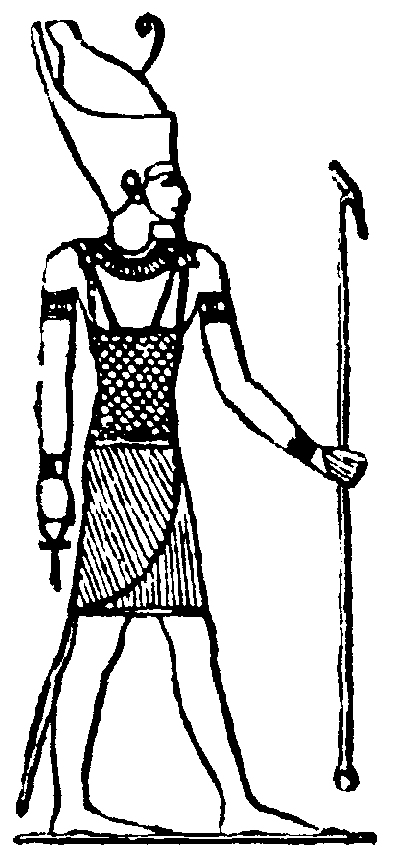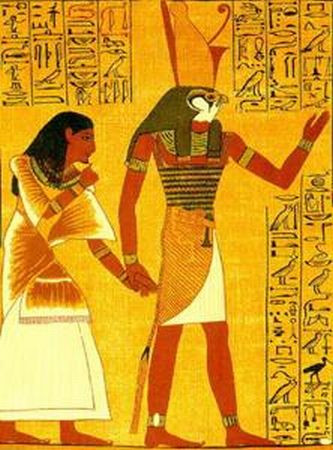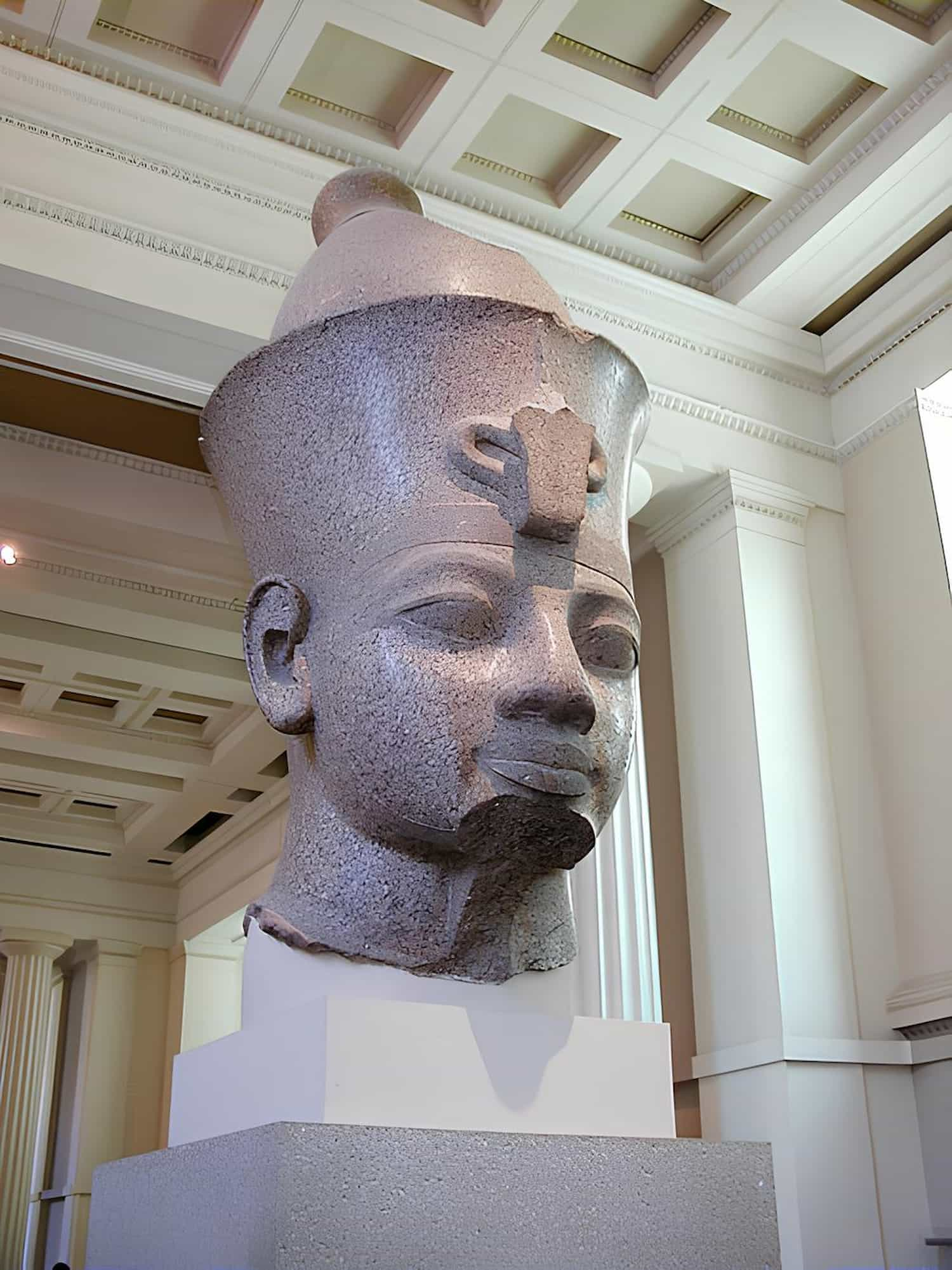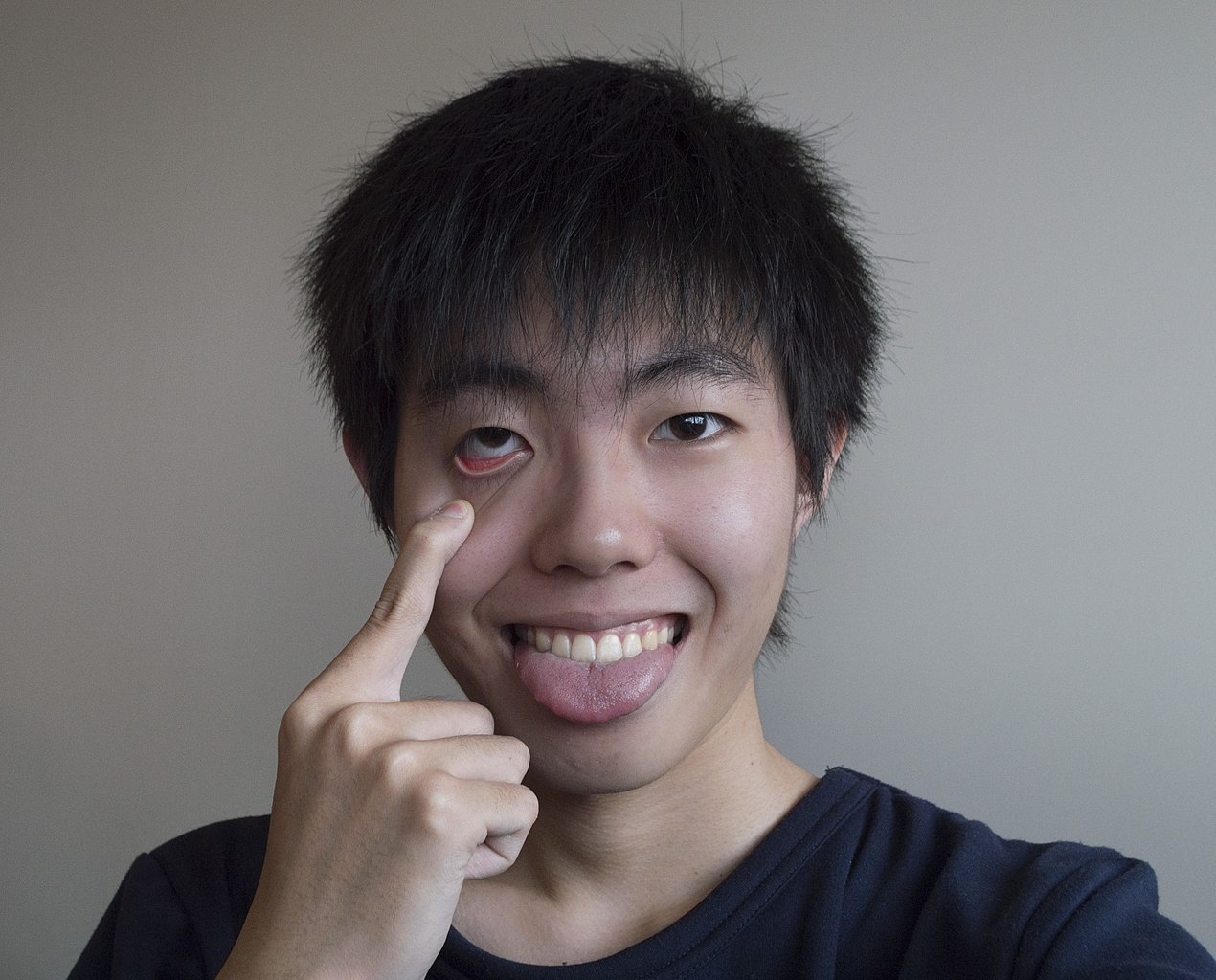The Pschent is the dual crown of the ancient Egyptian king (pharaoh). Ancient Egyptians typically likened it to the Sekhem scepter, considering them the two items that best represent the pharaoh’s power. Pschent is a combination of the Red Crown of Lower Egypt (Deshret) and the White Crown of Upper Egypt (Hedjet).
The merging of the Red and White Crowns into one symbolizes the unity of Upper and Lower Egypt, symbolizing the pharaoh’s authority over the entire land. Adorning the Pschent are symbols of two animals: a coiled Egyptian cobra ready to strike, representing the protective goddess Wadjet of Lower Egypt, and an Egyptian vulture, symbolizing the protective goddess Nekhbet of Upper Egypt. These two animal symbols are fastened to the front of the Pschent, representing the “Two Ladies” of Upper and Lower Egypt (Wadjet and Nekhbet).
History and Archaeology

Traditionally, the invention of the Pschent is credited to Menes, the founder of the First Dynasty of Egypt, but the first depiction of someone wearing the Pschent wasn’t by Menes. It’s suggested that the first person depicted wearing the Pschent was Djet, who, like Menes, was a pharaoh of the First Dynasty. Evidence of Horus wearing the Double Crown representing his royal authority was found in inscriptions attributed to him. Another theory suggests that the first person to wear the Pschent was Djet’s son Den.
The list of Egyptian kings depicted on the Palermo Stone begins with the kings of Lower Egypt, who are now believed to be semi-divine figures from Egyptian mythology and only wear the Red Crown, indicating that initially Upper and Lower Egypt were not yet unified. However, the kings of the First Dynasty and those that followed, depicted on the king list, all wear the Pschent, indicating the unification of Upper and Lower Egypt during the First Dynasty.
On the other hand, pre-dynastic kings before the First Dynasty depicted in the Cairo fragments all wore the Pschent.

No surviving Pschent has been found in archaeological excavations; it only appears in sculptures, paintings, inscriptions, and ancient legends.
The material for the Red Crown was found in Nekhbet in Upper Egypt, while the material for the White Crown, whether the Scorpion Macehead or the Narmer Palette that followed it closely in time, was also found in Hierakonpolis in Upper Egypt. Therefore, archaeologists believe that the Pschent (both the red and white crown) originated in Upper Egypt and that the notion that the Red Crown represents Lower Egypt is a later tradition. E.J. Baumgart’s conclusion is that “…the indigenous Egyptian tradition is so strong that a legitimate king had to adopt ancient titles and emblems, and all titles and emblems have their origins in Upper Egypt, and in this early period, what came from Lower Egypt couldn’t compare with it.”
Mythology
In Egyptian mythology, Horus and Atum are sometimes depicted wearing the Pschent; they are both symbols of the pharaoh or have a special connection to the pharaoh.






